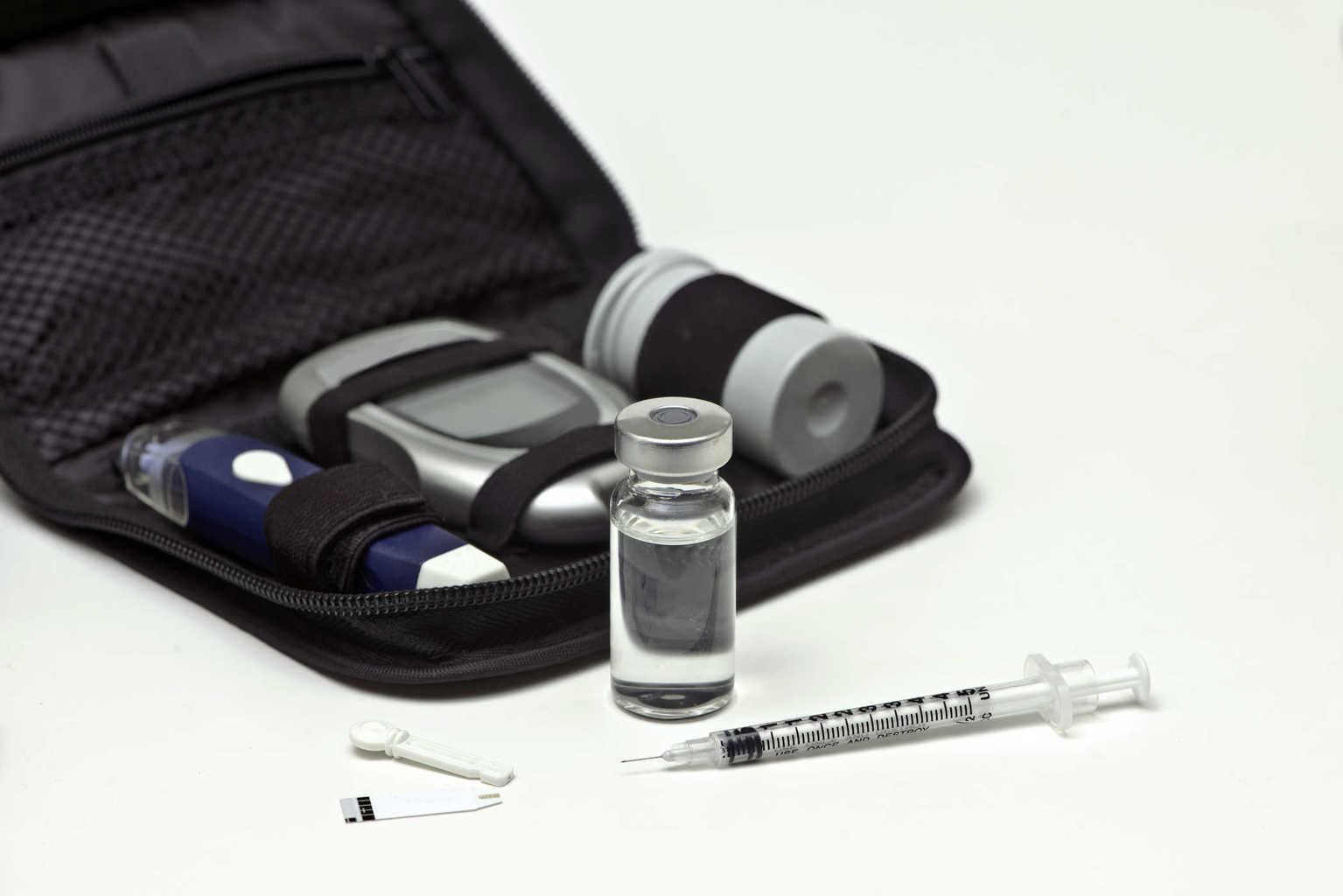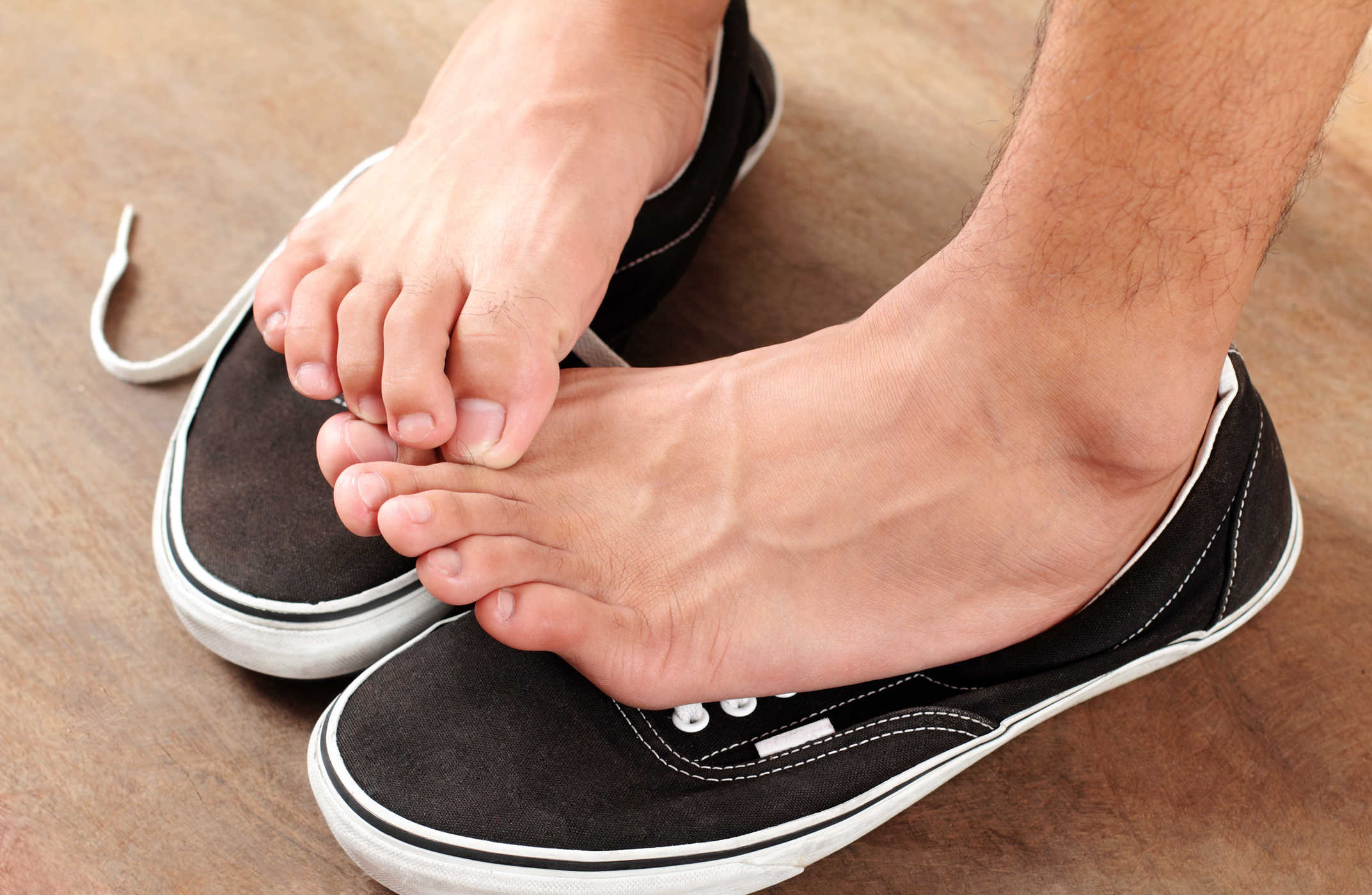Contents:
Medical Video: Using Sliding Scale to Determine Insulin Dose
Sliding scale insulin therapy (SSI) is general insulin therapy for diabetes management in hospitals. However, this method has been controversial in recent years because it appears not to control blood sugar properly.
What is insulin therapy?
Insulin is the basis of treatment for most people with diabetes. Their bodies cannot make enough of these hormones or cannot use them efficiently. People with type 1 diabetes and some with type 2 diabetes, must do several injections of insulin a day. These drugs make their blood sugar levels in the normal range and prevent high blood sugar levels, which can help them avoid complications of diabetes. The amount of insulin a person will use can be determined in several different ways.
Fixed-dose insulin
With this method, you take a certain amount of insulin units that have been set each meal. For example, you can take 6 units at breakfast time and 8 at dinner. The amount does not change based on your blood sugar reading or the amount of food you eat. While this may be easier for people who have just started taking insulin treatment, this does not take into account pre-meal blood sugar levels, and it is not possible to vary the amount of carbohydrates in food.
Sliding scale insulin therapy (SSI)
In this method, the dose is based on your blood sugar level before your meal time. The higher your blood sugar, the more insulin you take. It is most often used in hospitals and other health facilities because it is easy and convenient for medical staff to manage.
SSI has been controversial in recent years because it doesn't seem to control blood sugar very well.
Carbohydrate-insulin ratio
In this method, you take an amount of insulin for a number of carbohydrates. For example, if your breakfast carbohydrate-insulin ratio is 10: 1 and you eat 30 grams of carbohydrates, you will take 3 units before breakfast to compensate for your food. This method also includes a "correction factor" that contributes to your pre-food blood sugar. For example, if you want your blood sugar to be below 150 mg / dL before meals and yours is 170 grams, and you have been told to take 1 unit of insulin to correct every 50 grams more, you will take 1 additional unit of insulin with bolus insulin before your meal. While this requires a lot of practice and knowledge, for people who can manage this method can maintain better control of blood sugar levels after their meal time.
This method, though complicated, is better than using a more general sliding scale method, as described below.
How does sliding scale insulin therapy work?
In most sliding scale insulin therapy, your blood sugar is taken using a glucometer. This is done every 6 hours or before eating and before bed, in total about 4 times a day. The amount of insulin you eat at the time you get is based on your blood sugar measurements at that time. Usually using insulin with fast work.
Problems with sliding scale insulin therapy
Experts have raised concerns about the use of sliding scale insulin therapy. Some of them are discussed below.
- Lack of blood sugar control
An article in American Family Physicians reviews a 40-year study of sliding scale insulin. It was found that, although most people who were hospitalized with diabetes were given SSI, there were no clear studies showing that SSI was effective in controlling blood sugar. Instead, it often causes unexpected effects.
SSI is very ineffective for reducing high blood sugar. Sometimes it can cause blood sugar to drop too low. That is possible, why studies have found that people who are given this method often have to stay in the hospital longer than those who are given a fixed insulin dose.
- There is no personalization
Sliding scale insulin therapy does not take into account factors that can affect your blood sugar and insulin needs. Personal factors include:
- Diet: What you eat can affect your insulatory needs. For example, if you eat foods high in carbohydrates (such as bread and cakes) you will need a higher dose of insulin than if you eat foods that are low in carbohydrates.
- Weight: A person who has excess weight may need more insulin. If people weighing 60 kg and people with 90 kg each get the same dose, people weighing 90 kg may not receive enough insulin to lower their blood sugar.
- Insulin history: The dose does not take into account how much insulin you need in the past. Also don't consider how sensitive you will be to the impact.
- Dosage reflects current insulin requirements
With SSI, you get an insulin dose based on how well the previous dose of insulin works. That means the dose is not based on the amount of insulin you might really need for this food. If you receive a dose of insulin that works fast with lunch, this dose might have worked to make your blood glucose within the target range, but this could result in too little insulin being used at the next meal time. Sometimes the doses given are too close together ("stacked"), which causes their effects to overlap.
Current use of sliding scale insulin therapy
Many organizations do not recommend hospitals, nursing homes, and other health facilities to use sliding scale insulin. Instead, they recommend using basal insulin, with mealtime insulin added as needed. This involves long-lasting insulin injections that help keep insulin levels stable throughout the day. Plus, insulin at mealtime works quickly and corrects the dose to regulate blood sugar levels after eating. Hospitals and other health facilities seem to follow this recommendation. Today, they use SSI therapy less frequently than they usually do.
Some experts say sliding scale insulin therapy must be completely removed. However, one report from the American Diabetes Association in the journal Diabetes Care raised caution. The report said further research still needed to be done before conclusions about this method of treatment could be withdrawn. The authors say there is not enough correct research on sliding scale insulin. The report calls for more studies to compare sliding scale insulin with other insulin procedures before doctors can make the final decision.
You might only find sliding scale insulin therapy if you are treated in a hospital or other health facility. Ask your doctor about what your insulin treatment will be when you are there. You might want to make sure that your insulin treatment method will give you optimal blood sugar control. Other options may be available.












